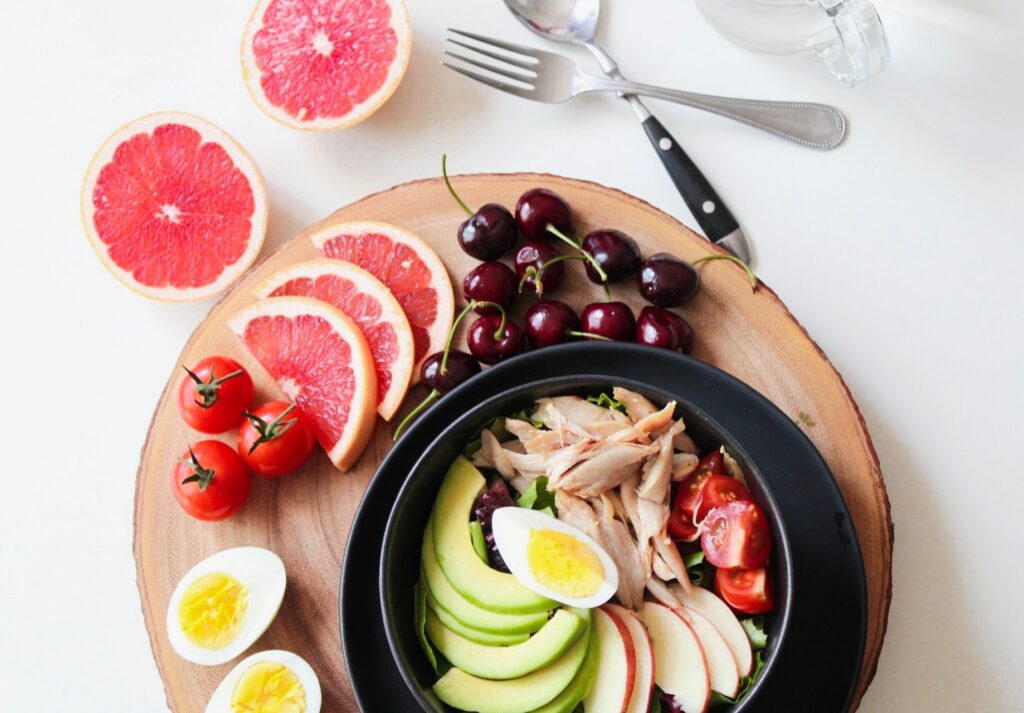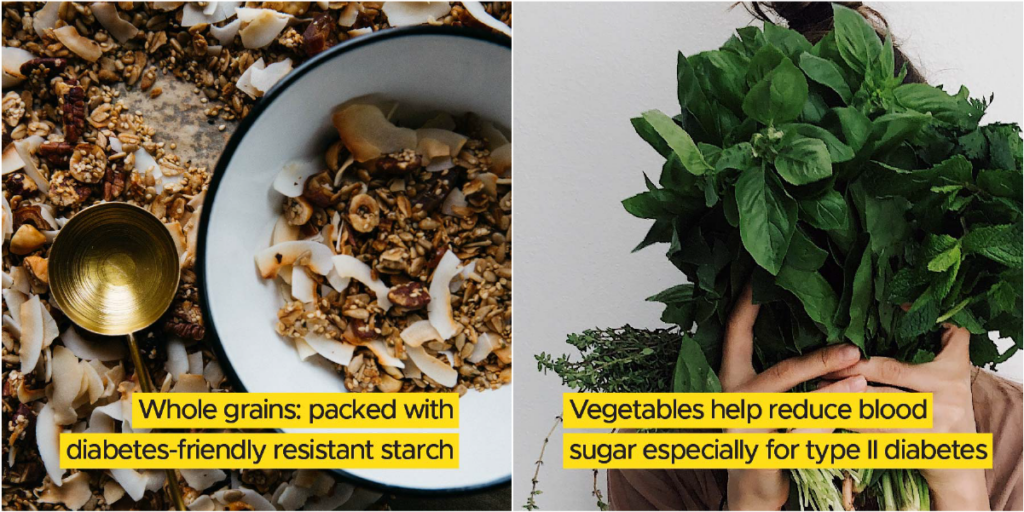CAN PLANNED NUTRITION + EXERCISE REVERSE DIABETES? EXPERTS SAY YES!
Can planned nutrition + exercise reverse diabetes? Experts say YES!
- Published October 12, 2023
- Category Blog, Food Bulletin Newsletter
- Tags Diabetes, Fact Check, Kitchen Pharmacy

It is impractical to count the daily calories we eat. So, the recommended daily allowance (RDA) of 2000 to 2500 calories/day is largely anecdotal. Also, it is crucial where these calories come from: simple carbs or complex carbs, plant or animal proteins, saturated or unsaturated fats. And computing this is equally hard.
So, the effective regimen is to start from our everyday baseline and make incremental changes to both quantity and quality of calories in our food. Even if we start our new regimen 10 years after the onset, research shows, we can reverse Type 2 diabetes. The 3-point mantra is eat less, eat right & workout more.
Eat less: Very simply, high calorie intake for diabetics leads to excess fat in the liver, leading to excess fat in the pancreas. Consequently, the liver produces more glucose and the pancreas produce lower insulin, both bad outcomes for diabetics.
Eat right: Whole grains, leafy vegetables, beans, healthy fats from nuts, sesame oil, olive oils, and fresh fruits provide your daily macro and phytonutrients. This balanced diet helps slow digestion, improve gut health, prevent sugar spikes and more.
Work out more: Apart from the well-known cardiovascular benefits, exercise lowers insulin resistance in the body and brings down HbA1C in diabetics. Ideally, exercise is recommended 1- 3 hours after eating and not on an empty stomach.

Know the difference: Type 1, Type 2 and gestational diabetes
Type 1 also called juvenile diabetes occurs most often in young children where the body produces little to no insulin, thus requiring daily insulin injections or risk serious complications. To date there is no known cure. But eating the right foods is perhaps as crucial as eating at the right time. Foods with low glycemic load (GL) delay blood sugar spikes and give the body time to respond to the insulin which is synced with mealtime.
Type 2 diabetes makes up 90% of cases & is most common in adults and contributed by our genes and lifestyle. This happens when the body’s insulin is unable to regulate blood glucose effectively (insulin-resistant). A bit easier to control than Type 1. See 3-point mantra above.
Gestational Diabetes is associated with pregnancy. While it typically resolves itself, the mother and children are at increased risk of developing Type 2 diabetes in later life. For pregnant women with gestational diabetes, the guidelines are to eat 3 small- medium meals daily without long gaps or snacks in between. But as always, low GI/GL foods are preferred and avoid starches, sugary drinks, fruits juices and desserts.
Legumes: your daily blood sugar defence.
The legume family – beans, lentils, peas are low glycemic foods, important for diabetics. High in fiber and protein, they prevent sugar spikes that cause insulin resistance. High in magnesium, crucial to improving insulin sensitivity in diabetics. Their dense fiber binds and excretes cholesterol from the gut. Eating legumes everyday is easy – in soups, stews, Indian/Asian/South American/Mediterranean recipes.

Whole grains: packed with diabetic-friendly resistant starch
Provided by whole cereals & grains, this starch basically resists digestion in the stomach and small intestine and is fermented by the large intestine. Thereby providing powerful nourishment for good gut bacteria, which in turn produce healthy short chain fatty acids that reduce blood sugar absorption, hasten satiety and enhance insulin sensitivity. What an incredibly beneficial chain reaction!
Vegetables: help reduce blood sugar especially for Type 2 diabetes.
Vegetables provide high fiber, which delays sugar absorption from the gut, preventing post-meal spikes. Fiber in veggies fills us quickly, preventing over-eating. For diabetics, it’s important to reduce intake of starchy vegetables, so limit potatoes, corn, peas, butternut squash. Go heavy on non-starchy greens, white, red or purple veggies. Overall, for diabetics, 1 cup cooked non-starchy veggies in every meal is ideal.






